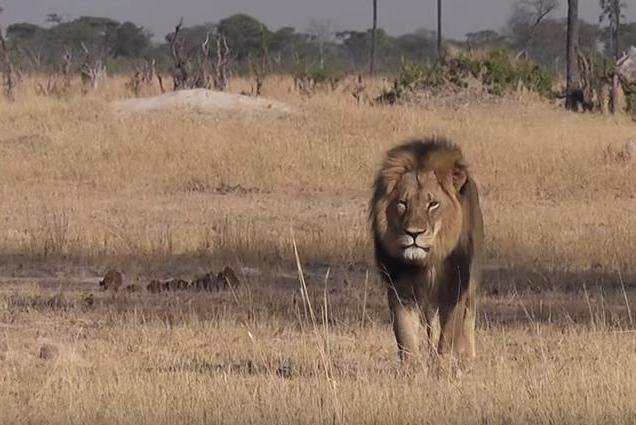
Poaching, hunting and habitat loss remain threats to the planet's largest predators, but new research shows the common threat is the global depletion of prey. Screenshot courtesy of Bryan Orford/YouTube
EUGENE, Ore., Aug. 3 (UPI) -- A new study has identified the driving force behind the worsening plight of large predators -- the loss of prey species around the world.
In 2014, researchers at Oregon State University found 24 of the planet's 31 largest carnivores -- including bears, cougars, dingoes, lions, lynxes, sea otters and wolves -- are in decline.
More recently, William J. Ripple, an ecologist at Oregon State, set out to identify what factors were most predictive of predator decline. There were the usual suspects: hunting, poaching and habitat loss.
But Ripple and his research partners identified a simpler -- and perhaps a more obvious -- driving factor: the global depletion of prey. Scientists looked at the preferred prey species of the 17 largest land predators, and found most face shrinking menus.
"It's a simple concept but it just hasn't had the same level of emphasis," Ripple told National Geographic. "We found that just 7 percent of prey ranges overlapped with protected areas."
The latest evidence, detailed in the journal Royal Society Open Science, builds on previous findings that show larger predators are more vulnerable to prey declines than smaller ones.
source
In 2014, researchers at Oregon State University found 24 of the planet's 31 largest carnivores -- including bears, cougars, dingoes, lions, lynxes, sea otters and wolves -- are in decline.
More recently, William J. Ripple, an ecologist at Oregon State, set out to identify what factors were most predictive of predator decline. There were the usual suspects: hunting, poaching and habitat loss.
But Ripple and his research partners identified a simpler -- and perhaps a more obvious -- driving factor: the global depletion of prey. Scientists looked at the preferred prey species of the 17 largest land predators, and found most face shrinking menus.
"It's a simple concept but it just hasn't had the same level of emphasis," Ripple told National Geographic. "We found that just 7 percent of prey ranges overlapped with protected areas."
The latest evidence, detailed in the journal Royal Society Open Science, builds on previous findings that show larger predators are more vulnerable to prey declines than smaller ones.
source

No comments:
Post a Comment